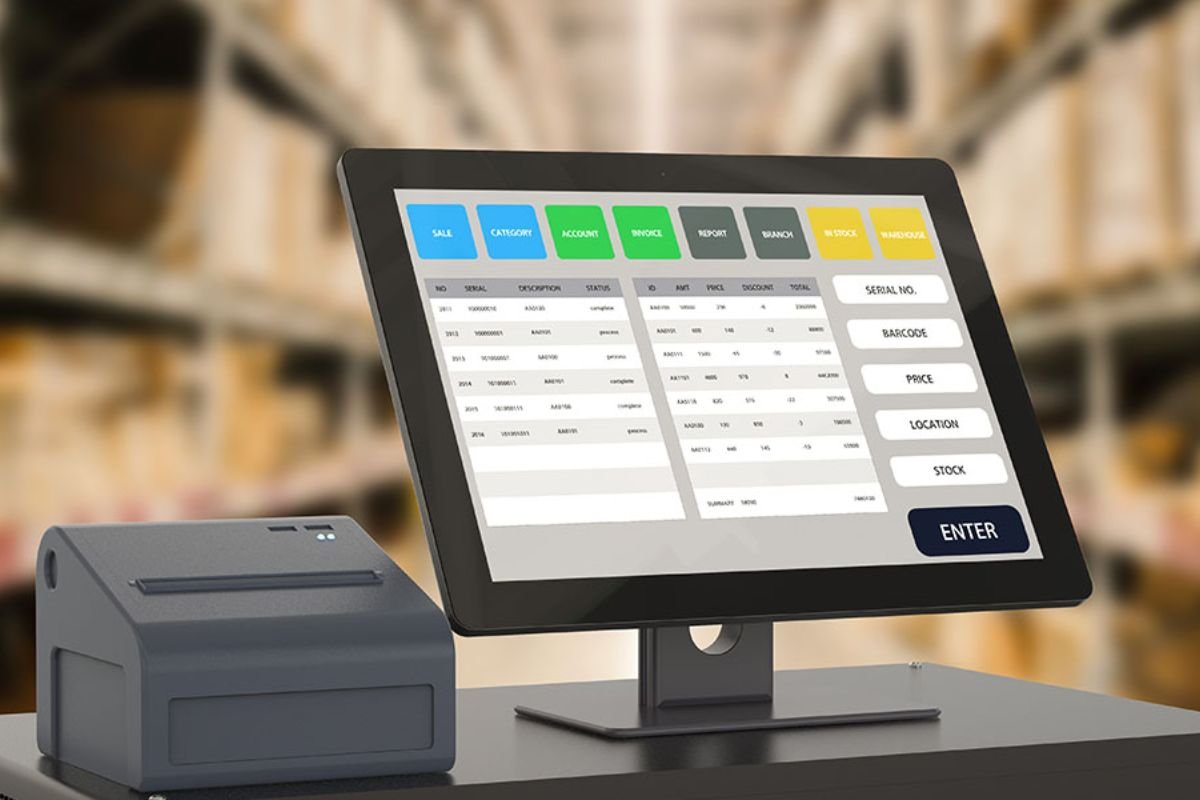In today’s dynamic business environment, the adoption of Workflow Automation Software has become pivotal in enhancing operational efficiency and reducing manual efforts. This article explores the key considerations that organizations should take into account when selecting the best workflow automation software to meet their unique needs.
The Evolving Landscape of Workflow Automation Software
Exploration of Market Trends
The landscape of workflow automation software is continually evolving. It’s essential to stay informed about the latest market trends, including the integration of artificial intelligence, machine learning, and the growing impact of intelligent automation on decision-making processes.
Stay updated by regularly reading comparisons like: https://www.highgear.com/blog/servicenow-alternative-highgear-vs-servicenow-comparison/.
Emerging Technologies
Understanding how emerging technologies influence workflow automation is crucial. The advent of technologies such as the Internet of Things (IoT) and blockchain is reshaping the capabilities of workflow automation software, providing new opportunities for innovation.
The Impact of Intelligent Automation
Intelligent automation, where systems not only execute predefined tasks but also learn and make decisions, is revolutionizing traditional workflow processes. This section explores how intelligent automation can elevate the efficiency and decision-making capabilities of workflow automation software.
Key Considerations in Choosing Workflow Automation Software

Identifying Business Needs
Conducting a Comprehensive Needs Analysis
Before selecting workflow automation software, organizations should conduct a thorough analysis of their existing workflows and identify pain points. This involves determining specific processes that require automation and aligning software features with organizational goals.
Scalability and Flexibility
Assessing Scalability Requirements
Scalability is crucial for accommodating future growth and increased workloads. Organizations must ensure that the selected software can scale seamlessly, adapting to changes in business operations and volume without compromising performance.
Ease of Integration
Compatibility with Existing Systems
Smooth integration with existing software and tools is essential for preventing disruptions during implementation. Evaluating compatibility with common business applications ensures a cohesive and efficient workflow across the organization.
User-Friendly Interface
Enhancing User Adoption
The success of workflow automation relies on user adoption. An intuitive and user-friendly interface is key to ensuring that users, regardless of technical expertise, can interact effortlessly with the software. Training and onboarding processes play a crucial role in fostering successful adoption.
Automation Capabilities
Understanding Automation Features
Workflow automation software should offer robust automation capabilities, including the ability to design and customize workflows. Integration of artificial intelligence and machine learning enhances the software’s capability to automate repetitive tasks intelligently.
Data Security and Compliance

Prioritizing Security Measures
Ensuring the security of sensitive data is paramount. Organizations should evaluate the software’s data encryption and protection features, ensuring compliance with industry regulations and standards to mitigate risks associated with data breaches.
Cost Considerations
Balancing Budgetary Constraints
While cost is a significant factor, organizations should consider the total cost of ownership, including licensing and implementation. Exploring pricing models and scalability options helps in understanding the long-term financial impact and return on investment.
Customer Support and Vendor Reputation
Evaluating Vendor Reliability
The reputation and track record of the software vendor are crucial considerations. Assessing the availability and responsiveness of customer support, along with gathering user feedback and testimonials, provides valuable insights into the reliability of the vendor.
Decision-Making Process
Prioritizing Needs and Requirements
Creating a Prioritized List of Requirements
Organizations must prioritize their needs and requirements by creating a detailed list. Distinguishing between must-have features and desirable ones ensures that the selected software aligns with organizational priorities and goals.
Trial and Testing

Conducting Pilot Programs and Trials
Before making a final decision, conducting small-scale trials allows organizations to assess the performance of the workflow automation software in real-world scenarios. Gathering feedback from end-users during the trial phase informs decision-making.
Collaborative Decision-Making
Involving Key Stakeholders
Ensuring collaboration between IT, operations, and other stakeholders is essential. The involvement of key stakeholders helps in gaining buy-in from all relevant departments, fostering a collaborative approach to decision-making.
Conclusion
In conclusion, choosing the best workflow automation software requires a comprehensive understanding of organizational needs, careful consideration of key factors, and a collaborative decision-making process. By navigating through these considerations, organizations can select a solution that not only meets their current requirements but also provides scalability and adaptability for future growth and innovation.






